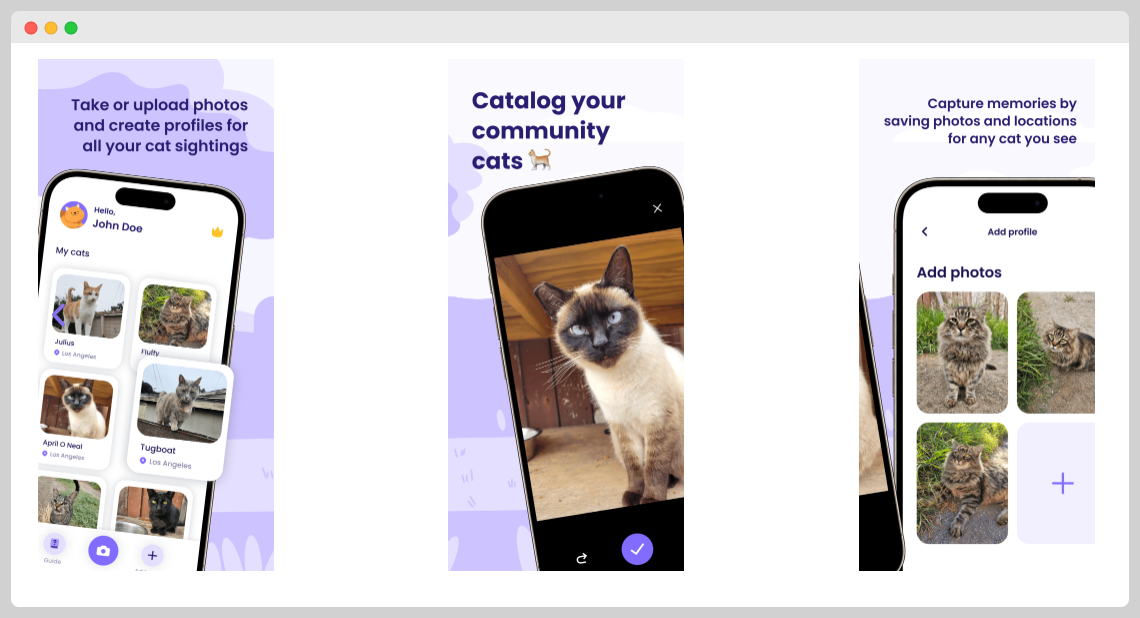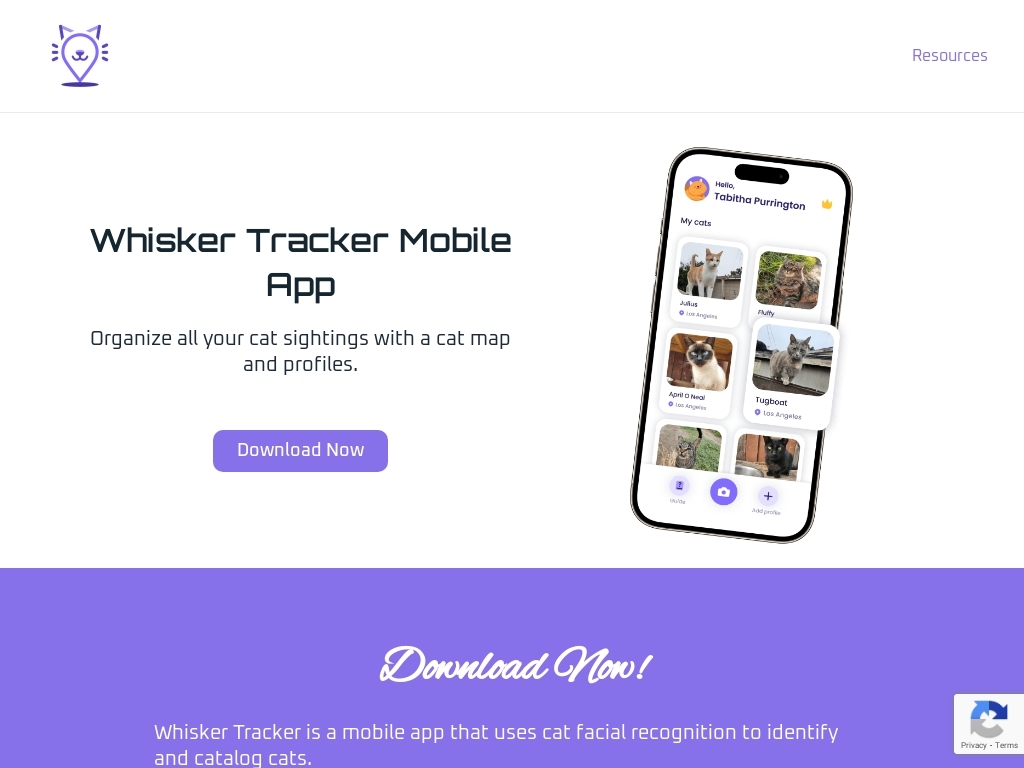How Justin Ruffier Grew a Cat Recognition App for Rescue Success
Who is Justin Ruffier?
Justin Ruffier, founder of the Whisker Tracker App, hails from San Diego and has a background in marketing and animal rescue, where he developed his passion for solving challenges in the industry through innovative solutions like facial recognition technology for cats.
What problem does Whisker Tracker App solve?
Whisker Tracker App helps cat lovers track and identify outdoor cats using facial recognition, making it easier to find missing pets and support community cat care.


How did Justin come up with the idea for Whisker Tracker App?
Justin, the founder of Whisker Tracker App, was inspired by his experiences in animal rescue and his personal love for cats. His journey began with firsthand observations of the inefficiencies in managing cat populations, especially the wide-ranging and imprecise estimates of outdoor cat numbers. This inspired him to think about how technology could provide a solution, combining his passion for animal welfare with a tech-savvy approach.
He noticed how many people, including himself, frequently took pictures of outdoor cats, and saw an opportunity to use this behavior to help track and manage cat populations more effectively. Justin conducted research into existing methods and...
Disclaimer: The initial draft of this article was compiled by the Starter Story team based on publicly available interviews, podcasts, and other content from the founder. See the sources we used here.

Download the report and join our email newsletter packed with business ideas and money-making opportunities, backed by real-life case studies.

Download the report and join our email newsletter packed with business ideas and money-making opportunities, backed by real-life case studies.

Download the report and join our email newsletter packed with business ideas and money-making opportunities, backed by real-life case studies.

Download the report and join our email newsletter packed with business ideas and money-making opportunities, backed by real-life case studies.

Download the report and join our email newsletter packed with business ideas and money-making opportunities, backed by real-life case studies.

Download the report and join our email newsletter packed with business ideas and money-making opportunities, backed by real-life case studies.

Download the report and join our email newsletter packed with business ideas and money-making opportunities, backed by real-life case studies.

Download the report and join our email newsletter packed with business ideas and money-making opportunities, backed by real-life case studies.











